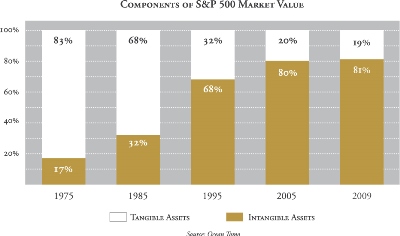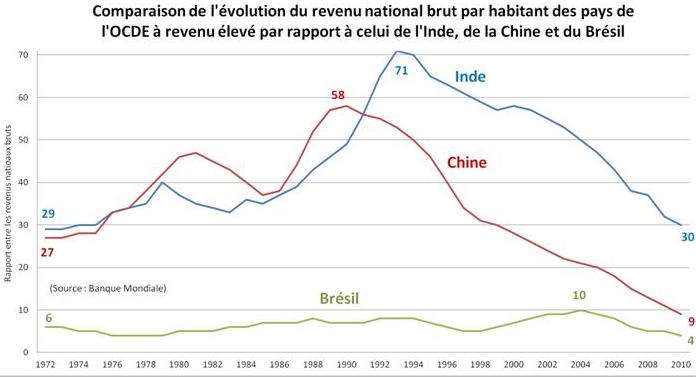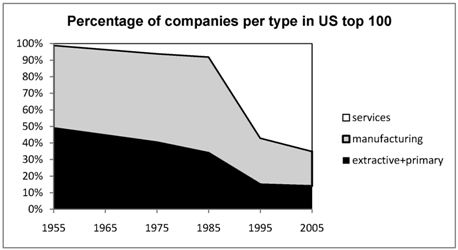This astonishing piece of news ‘Tokyo says long goodbye to beloved floppy disks‘ reminds us that certain people or institutions stick to old and reliable technology much longer than one would believe.

“Meguro Ward plans to put all work involving floppies and other physical storage media online in fiscal 2021, and Chiyoda Ward plans a similar transition within the next few years. Minato Ward moved its payment procedures from floppies to online systems in 2019.”. Reliability is mentioned as one of the reasons why this outdated media is still being used – but also probably convenience out of habit!
In general in Japan I have not been overly impressed by the modernity of IT systems, like in the US when it comes to mobile handphone networks. It is a general rule that the location where something gets invented invests a lot in the infrastructure to support the first generations of the technology and then lags when it comes to adopting newer versions of the technology, because of the sunk cost in the existing infrastructure. Whereas those territories that adopt a technology later can directly invest into the newer versions.
We constantly underestimate how older technology remains hidden at the core of our modern life. I would not be astonished that many telecommunications companies still run 20- to 30 years old equipment in some core functions, just because they are reliable and maintainable.
This reminds us that technology transition to a new generation technology is never as complete and comprehensive as what we generally think, and that innovators tend to maintain older technologies online longer.













